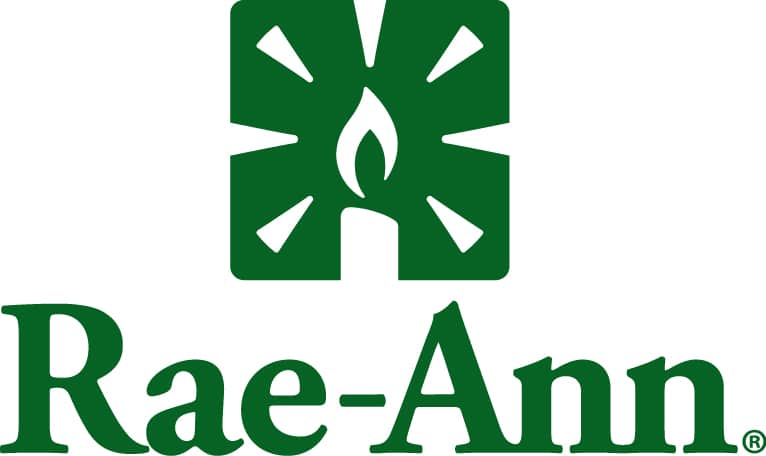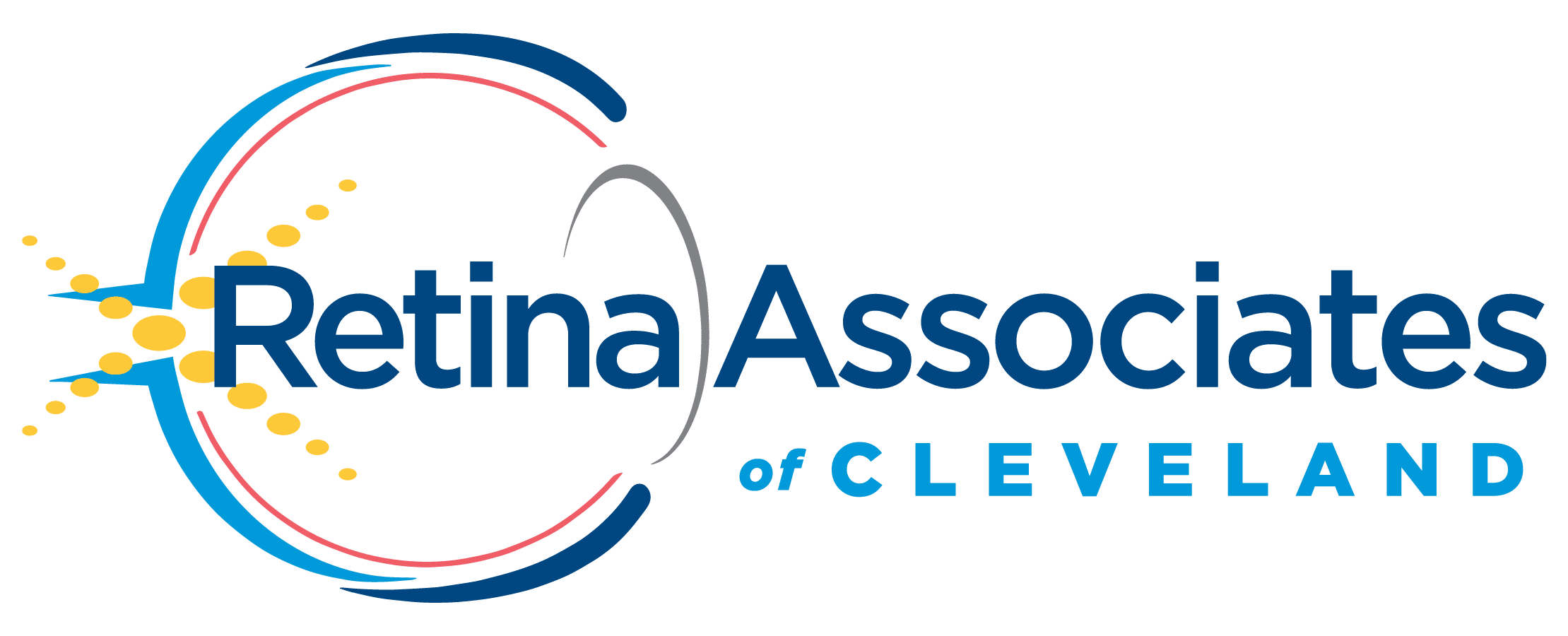New rules related to accounting for lease transactions will take effect for private companies and not-for-profit organizations next year, and companies that have active leases should consider reviewing them this year before the change takes place. The accounting changes and effects on businesses are vast and will impact nearly every business in the country.
The Financial Accounting Standards Board (FASB) issued Accounting Standards Update (ASU) 2016-02 related to accounting for lease transactions, and issued an update in 2018. Last year, FASB delayed implementation, giving companies more time to prepare.
When Will this Become Effective?
The new lease accounting standards become effective during the calendar year 2021 for privately owned businesses and most not-for-profits. Publicly-held companies already are in their implementation phase. This transition is less than one year away for most businesses, and the groundwork for future repercussions is being set with each new lease signed; as any lease in place when the lease accounting standard becomes effective will require the same analysis as new leases, resulting in the recognition of an asset and liability.
This update requires companies to report most leases on their balance sheets and puts an end to the off-balance-sheet reporting of assets and liabilities related to the rights and obligations created by operating leases. While companies are currently required to disclose lease commitments in the footnotes of their financial statements, they will now have to add lease obligations to their balance sheet in addition to required disclosures within the footnotes.
Capital Leases vs. Operating Leases
At the present, there are two types of leases: operating and capital leases. Capital leases are typically treated as financing transactions, and under the terms of the lease, the lessee may immediately gain benefits of ownership and recognize the asset on the balance sheet as a capital asset.
Capital leases are very similar to debt because an asset is capitalized and offset with an obligation owed to another party. And like debt, it requires disclosures of interest rates, collateral, and future maturities.
All leases not meeting this criterion are considered operating leases. An operating lease is similar to a rental contract because the lessee pays fees for the life of the lease and returns the asset upon expiration of the lease.
As a result, operating leases have little effect on the financial statements, and only occasionally are considered within financial covenants under borrowing agreements.
Changes under the New ASU
Under the previous lease accounting standards, companies disclosed capital leases on their balance sheet, while other leases, such as operating leases, required no balance sheet disclosure. Under the new standards, operating leases will require recognition on the balance sheet similar to capital leases, but under different classifications.
Lessees will be required to recognize a “right-of-use” asset and a lease liability at the present value of all reasonably certain payments, which includes renewals, purchase options, etc. The “right-of-use” asset will represent operating leases for computers, equipment, buildings, etc., which are greater than 12 months in duration at inception but do not meet the finance lease criteria.
This could potentially place a burden on management to determine the likelihood of lease renewals and other potential outcomes many years down the road.
These changes to lease accounting standards will affect your financial statements, bank covenants, and other business metrics, unlike anything seen in the past 20 years. You should consult with your financial advisor to see if these lease changes affect your business.
Featured Post

Featured Client Testimonials
BW is a true partner to us. Their knowledge, expertise, and service are a valuable resource to us and play an important role in our success!
John Allen - Vice President of Finance, Kaufman Container

Featured Client Testimonials
I appreciate the exceptional tax advice we received over the years. The (BW team) has a good grasp of our business needs. Thank you for your excellent service.
John Griffiths - Owner, Rae Ann, Inc.

Featured Client Testimonials
The BW team has been fantastic to work with; both the team member at our office as well as at the partner level. Any issues or concerns are handled very efficiently and effectively.
Kelley Needham - Chief Executive Officer, Epilepsy Association

Featured Client Testimonials
Barnes Wendling has been our company accountants for over seven years. Their knowledge has been instrumental in helping us grow strategically during this time. And although we’ve seen many changes in our economy that we cannot control, we’ve always been able to trust the Barnes team to be by our side. The Barnes team feels like family. We can’t thank them enough for their support!
Christine Kloss - Controller, AT&F

Featured Client Testimonials
Barnes Wendling has been our company accountants for over 15 years. During this time, the business has grown exceptionally, and Barnes has kept pace, providing accurate, quality advice. Our finances are more efficient than ever, and the expense of hiring Barnes has been a definite positive add to our bottom line. I give my highest recommendation to their firm.
David Miller, MD - President, Retina Associates of Cleveland

Featured Client Testimonials
Barnes Wendling has provided us guidance and recommendations that have strategically helped strengthen our business and position ourselves for growth. We needed to hire a new VP of Finance and Controller this past year, and they were instrumental in helping us find the best candidates for our company.
Sara Blankenship - President, Kaufman Container

Featured Client Testimonials
We value the trust, accuracy of information, and reliability of Barnes Wendling and Mike Essenmacher personally. Mike has been instrumental as a trusted advisor on accounting, tax, and personnel issues. His advice is always accurate, and he is very reliable. His associates are also very talented.
Dominic Ozanne - President and CEO, Ozanne Construction Company

Featured Client Testimonials
We value Barnes Wendling’s expertise with all things accounting so we can operate our business using our strengths and allowing them to be our experts. They have also brought me a few business sale opportunities to allow me to grow my assets.
John Gaydosh - President and Metallurgical Engineer, Ohio Metallurgical Service

Featured Client Testimonials
Barnes Wendling (especially Lena) did a great job with our financials. Everything. It is extremely refreshing and comforting to know that all of our numbers are not only correct, but they are in the right place(s). Your diligence and reporting truly does make me (personally) feel better.
Thomas Adomaitis - Controller, Bialosky Cleveland

Featured Client Testimonials
I can wholeheartedly tell you that I have yet to work with an audit or tax team that have been more helpful, easy to work with, and committed than the team at Barnes Wendling- I have been through three different firms in the last few years.
Michelle Saylor, Former Controller, Aero Mag

Featured Client Testimonials
Floyd Trouten at Barnes Wendling CPAs is an “expert’s expert” when it comes to M & A accounting. Not only does he understand the evolving details of the Tax Code but he also sees the fine points of their application for owners, managers, investors, and financiers.
Mark A. Filippell, Western Reserve Partners

Featured Client Testimonials
The service is amazing at Barnes Wendling CPAs. The benefit is worth more than the cost. Sometimes it’s true that you get what you pay for.
Mark Boucher - Former Owner, Castle Heating & Air







